Spoiler alert: Blade Runner is no longer a film about the future. This 1982 noir science fiction flick by Ridley Scott (the same Ridley Scott who made Alien) follows the trials and tribulations of Blade Runner Deckard, played by Harrison Ford, as he's tasked with hunting down rogue Replicants.
Any science fiction fanatic is familiar with how Blade Runner plays out, and they also know that the events of the film occur in 2019 Los Angeles. Marked by impenetrable smog and towering skyscrapers, the dreary metropolis is the perfect background for this dark thriller. Now that the year of Blade Runner's action has almost finished, it's time to figure out how much Ridley Scott got right, and how much he got wrong, about life in 2019.
10 Right: Video Calling
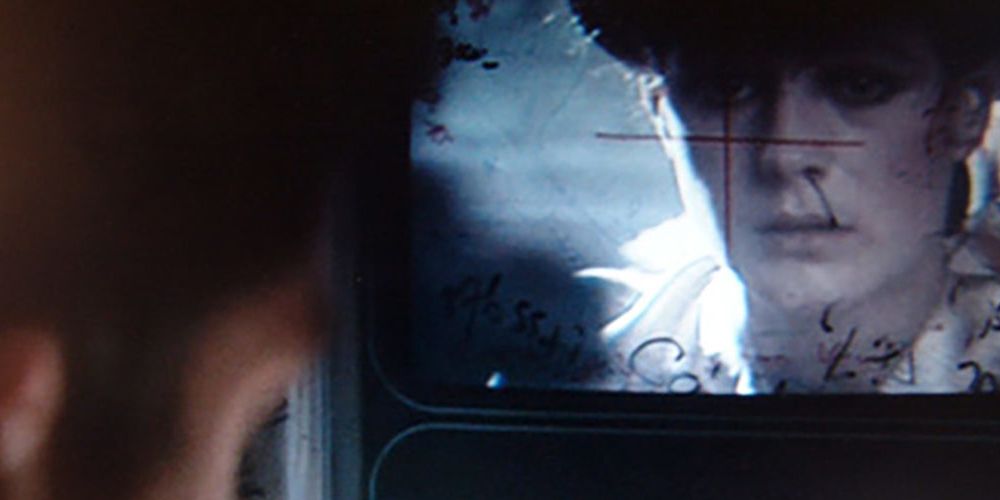
In the movie, Deckard makes a video call to the Replicant Rachael in a phone booth, and it costs him $1.25.
Even though phone booths are all but obsolete, video calling technology is ubiquitous. From Skype to FaceTime and everything in between, it's impossible to go out in public without seeing someone using their cell phone for video chatting.
9 Wrong: Flying Cars
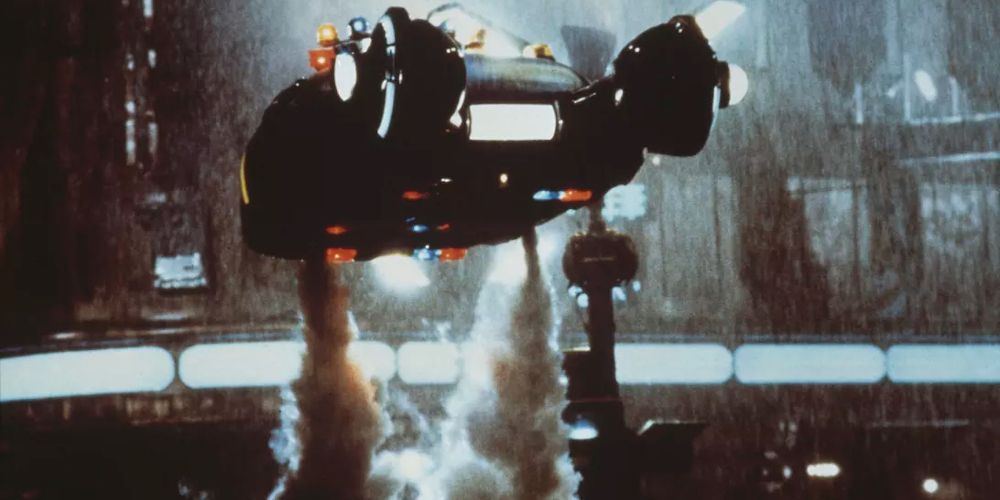
Flying cars are everywhere in Blade Runner. Due to smog and pollution, it seems society has shifted to aerial transportation. The flying cars in the movie look like airplanes internally, and they have angular, boxy bodies that appear very militaristic.
In 2019, the auto industry is still trying to work out driverless and electric cars. It'll be a while before flying cars are not just a luxury item, but the standard for everyone.
8 Right: Smart Homes
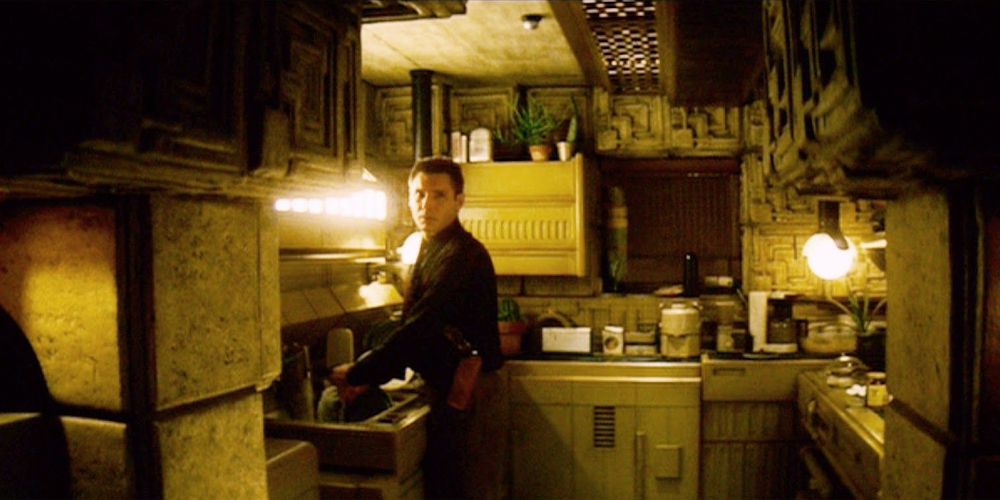
Integrating assistance-based technology into homes is a key feature of Blade Runner. Even in his tiny apartment, Deckard has a slew of automation and electronics at his disposal.
While smart homes may not be as common as they are in Blade Runner, people who can afford it have been installing various new technologies into their homes for decades now. From cutting-edge refrigerators to cameras with remote viewing capacity, Ridley Scott was definitely right about smart homes.
7 Wrong: Polaroid Photos
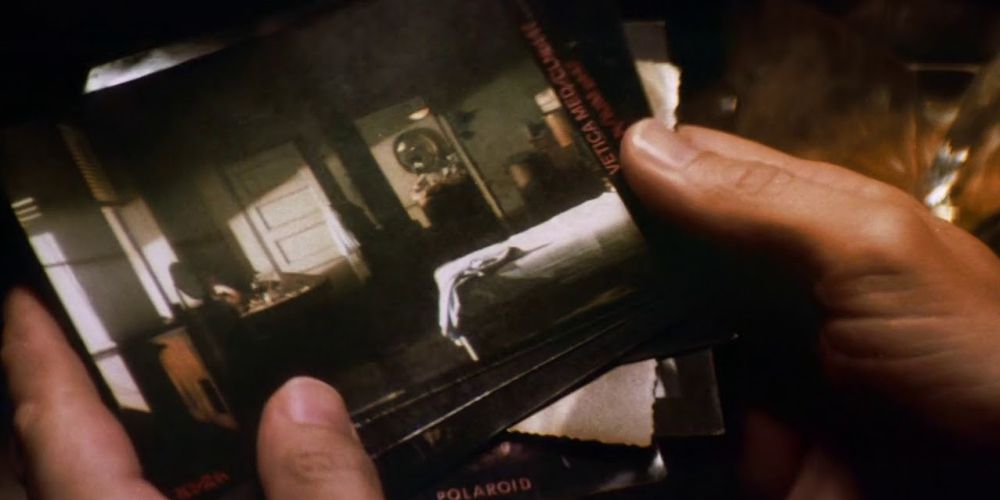
Polaroid photos are all over Blade Runner. Ridley Scott did not predict the complete digitization of nearly all photos courtesy of social media outlets. Thanks to Facebook and Instagram, photos are important only when they're snapped on a device and uploaded to the Internet.
Depicting this kind of advancement would have been difficult in the early 1980s, so the reliance on printed photos in the movies makes sense. In Scott's defense, polaroids have made a bit of a comeback lately as novelties. Perhaps Scott was tapping into the nostalgia factor that has ruled 2019.
6 Right: Digital Billboards
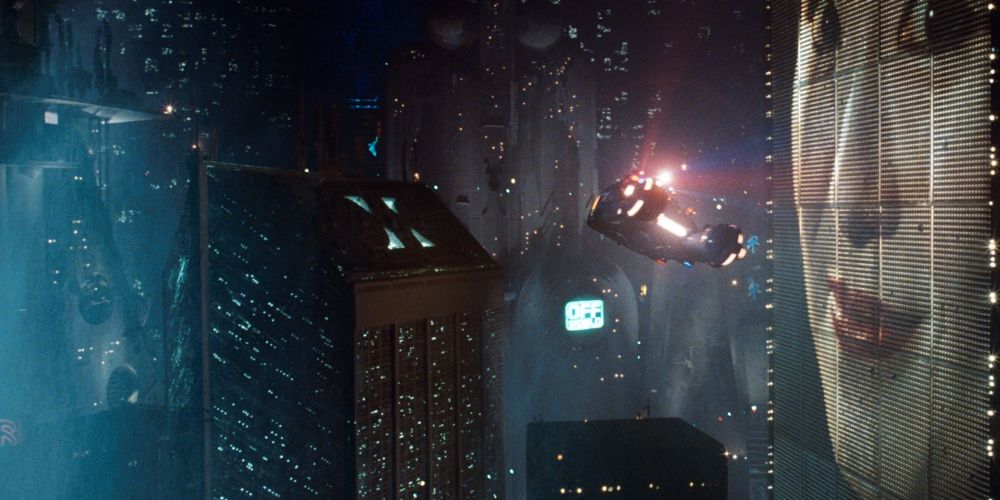
One of the most breathtaking visual features of Blade Runner is the slew of digital billboards attached to the buildings and exteriors in Los Angeles. The advertising world is alive and vibrant in this movie, even if the human world is bleak and colorless.
Digital billboards and advertisements are seen on highways all over the world. As consumer culture reaches an all-time high, the marketing industry stays a step ahead. Now, with the Internet, information from search queries is used to personalize advertisements for different people.
5 Wrong: Humanoid Robots
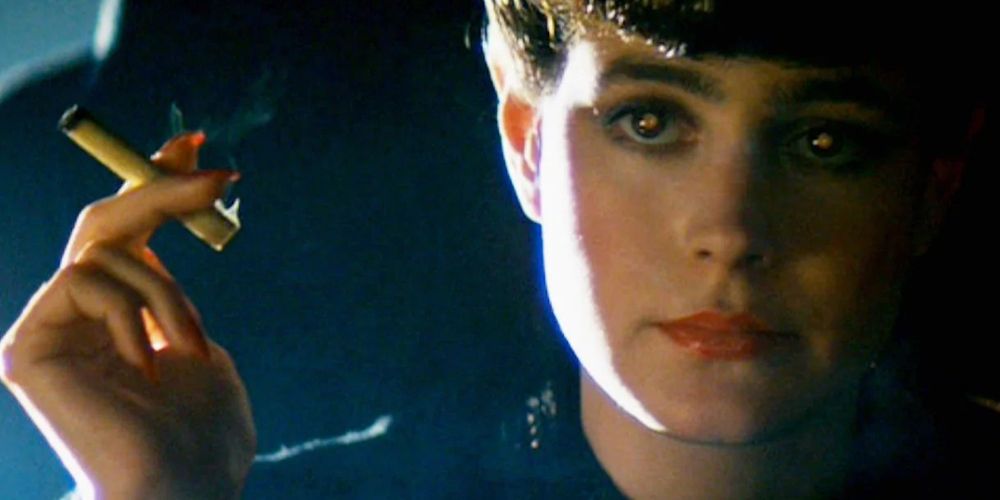
Replicants are the major technological advancement represented in Blade Runner, and they are so perfect it's impossible to differentiate them from humans based on looks alone.
While robotics is an ever-evolving field, engineers are nowhere close to developing a robot that could pass the Turing test. Robotics are used in many industries, but none has produced legions of fully-functional, autonomous robots capable of an uprising.
4 Right: Climate Change

Los Angeles in Blade Runner is a dimly-lit, smoggy, and damp place. While California is plagued by fires more than rain in the real 2019, the film is still correct about the fact that the climate has changed drastically.
In the film, Los Angeles is oversaturated with people, and a correlation between the climate and the population is made. Displacement and migration trends are impacted by climate change, and the way characters are stacked up on top of each other in Blade Runner is a direct result of environmental problems. Overpopulated cities definitely contribute to excess pollution, and it's only gotten worse since Blade Runner was made in 1982.
3 Wrong: Indoor Public Smoking
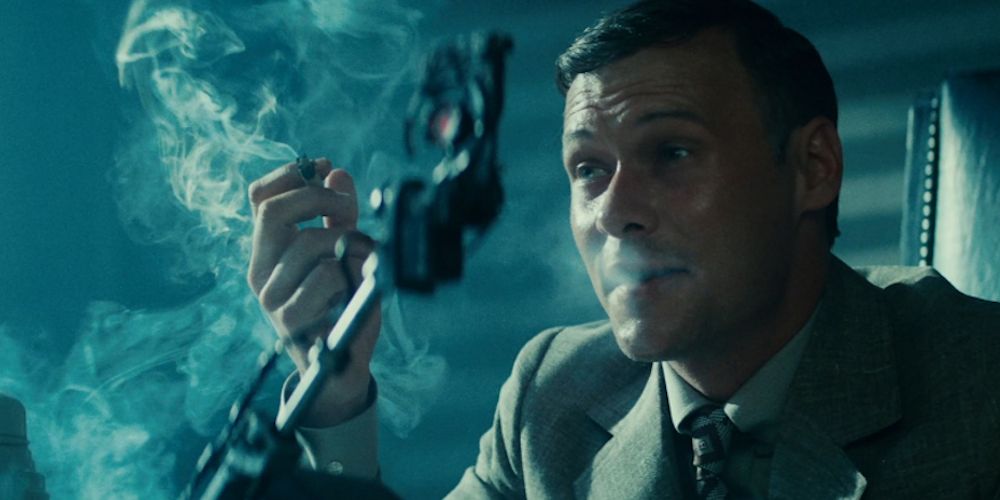
Characters smoking cigarettes gives Blade Runner its noir vibe, and numerous characters in the film are seen smoking inside public buildings. That wouldn't fly with the standards in the real 2019, especially in California.
At work, on trains, or in restaurants, you will not see people smoking. Smoking is no longer legal in almost any indoor space in the United States, and it seems it's being replaced by vaping, which isn't depicted in the film. Now that vaping is causing its own health crisis, what the future holds for nicotine addicts is unknown.
2 Right: Voice Commands
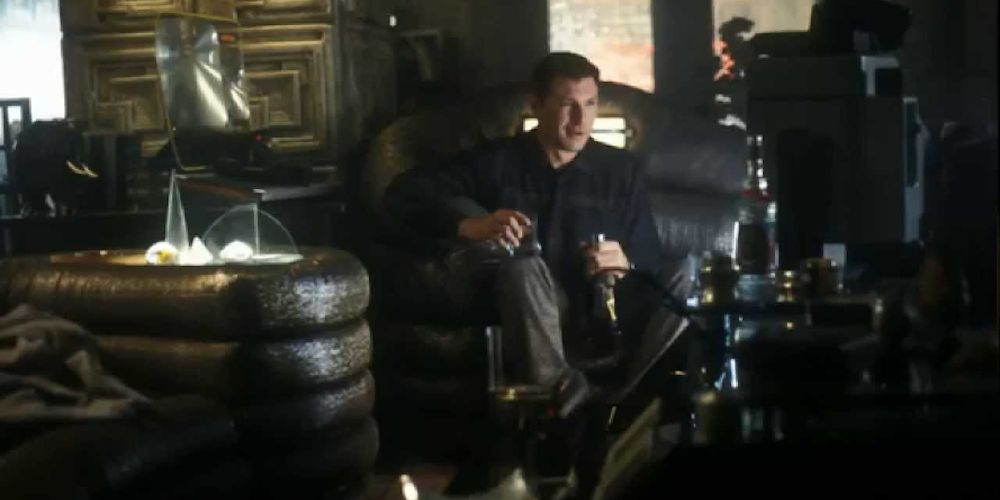
In Blade Runner, voice command technology is everywhere. A key scene involves Deckard being asked for his "voiceprint identification" as he enters the elevator leading to his small apartment.
Voice command technology has slowly taken over many peoples' lives. Now that Amazon has Alexa and Google has its own assistant, Apple's Siri seems like the virtual, voice-commanded assistant of the past. All of these voice command technologies are designed to simplify users' lives while connecting them to products and services each of the companies in charge of the technology profit from.
1 Wrong: Space Colonization
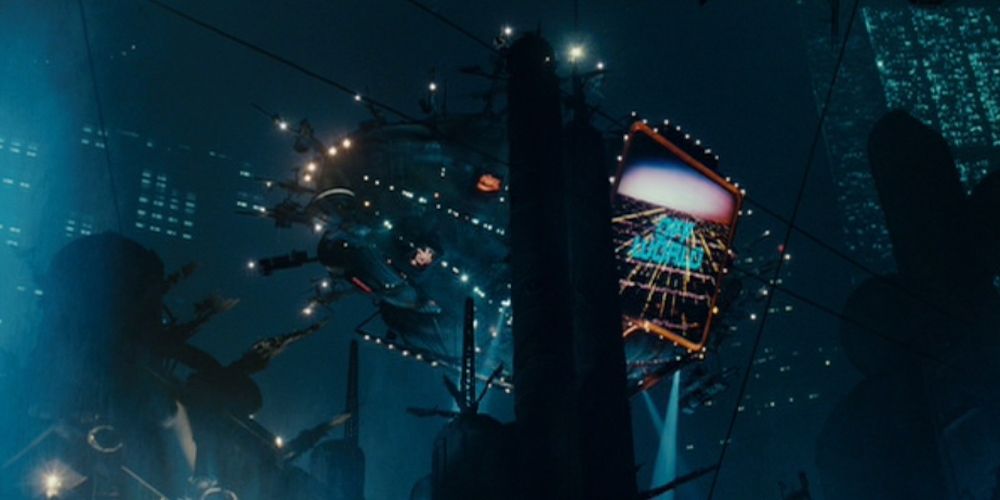
For the people in Blade Runner, the Tyrell Corporation makes living on other planets possible. The film is dotted with advertisements and mentions of Tyrell's space colony.
While life on Earth is getting worse thanks to climate change, no private governmental industry has successfully colonized another planet. NASA is always struggling with funding issues, and the money and infrastructure needed to make space colonization possible have yet to materialize.
from ScreenRant - Feed https://ift.tt/2YDpR4L

0 comments:
Post a Comment